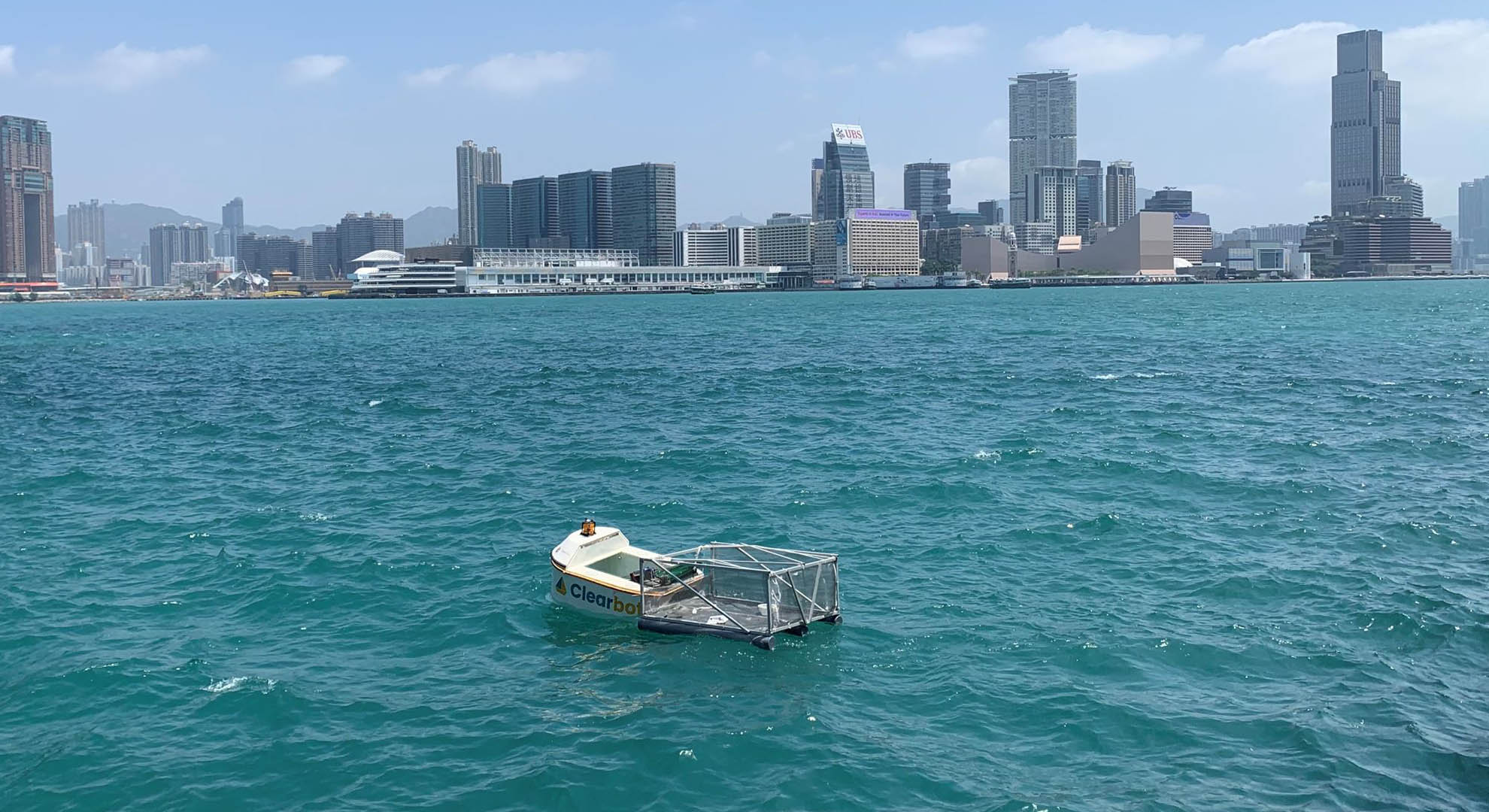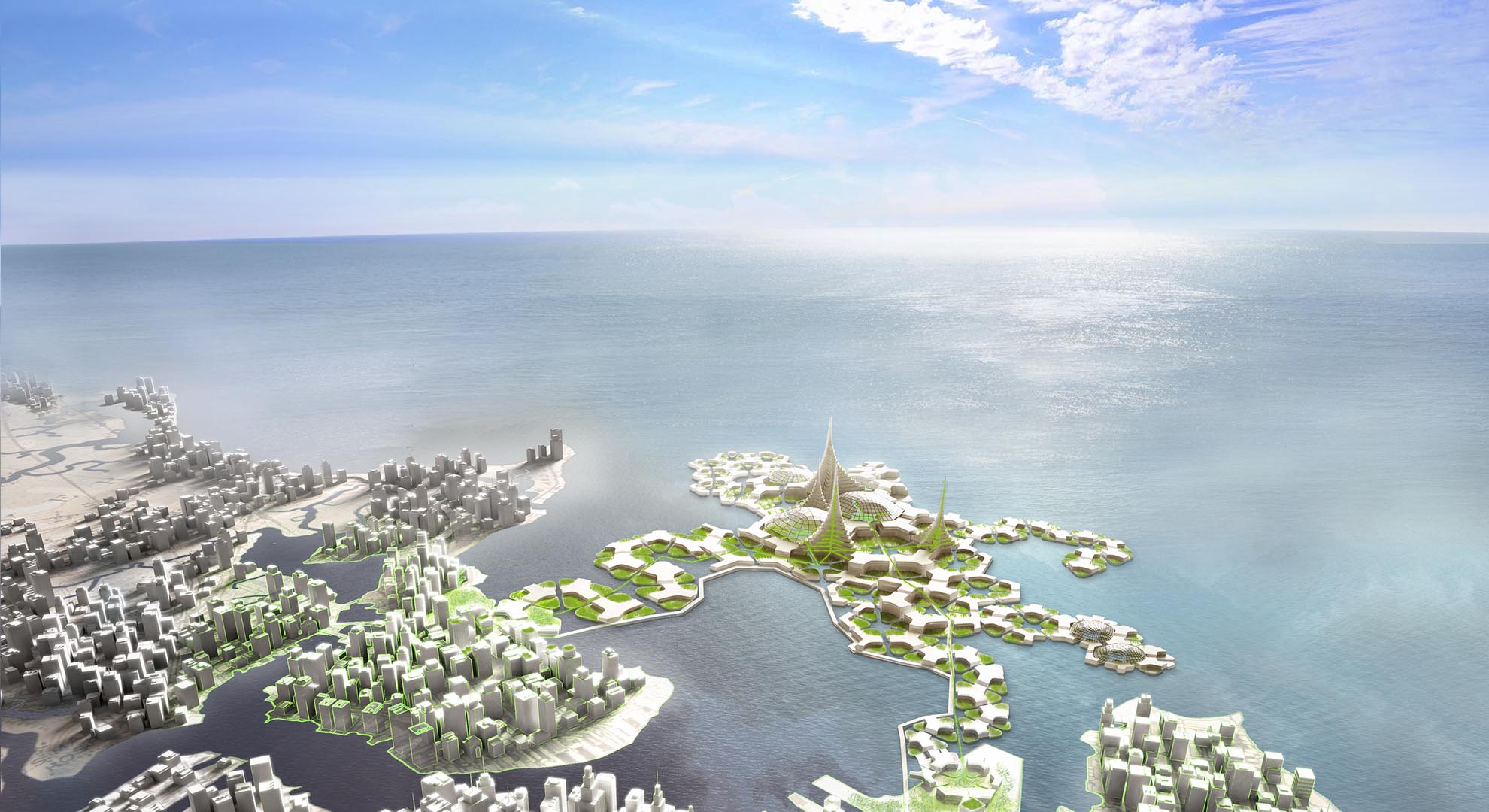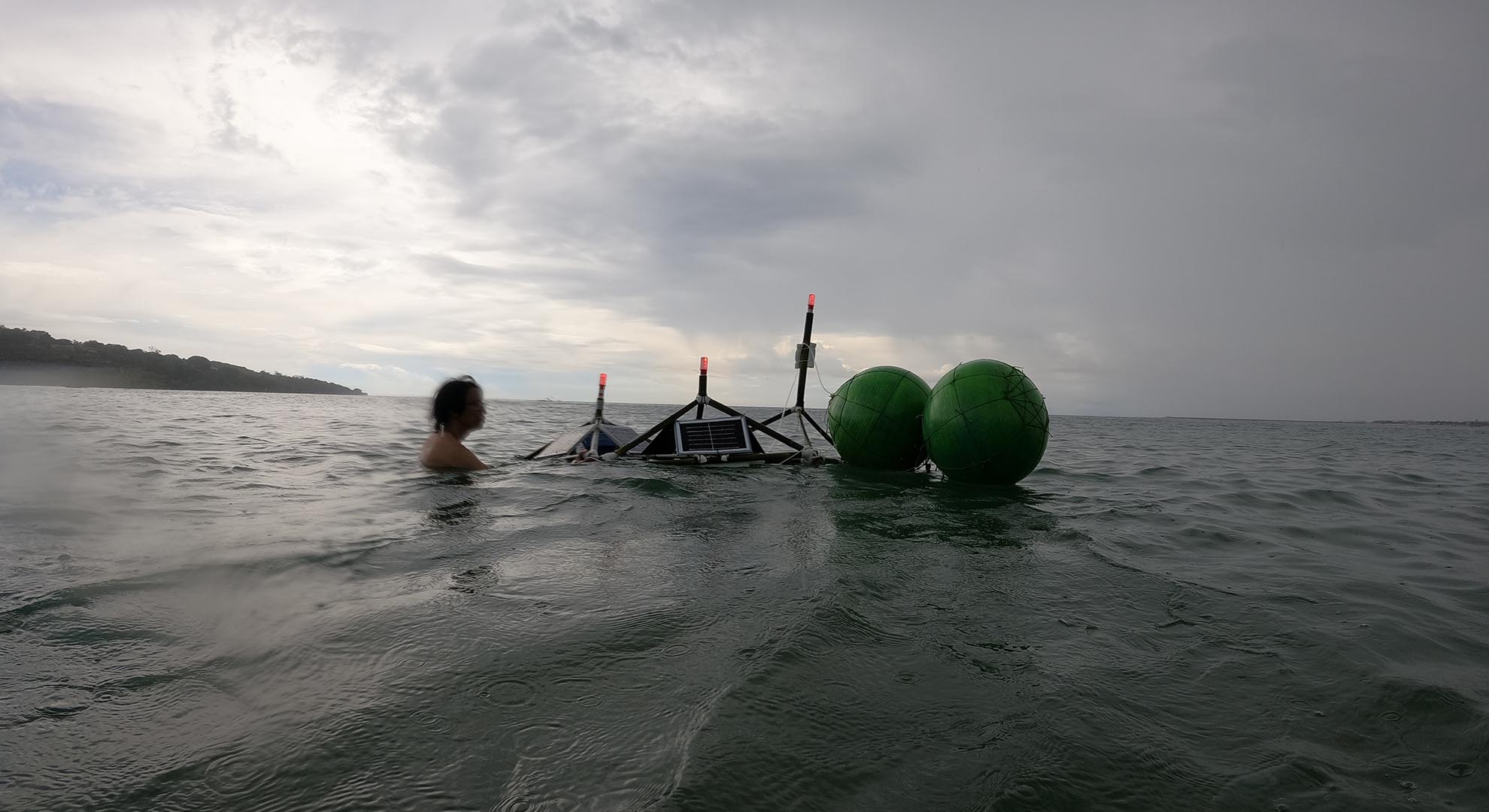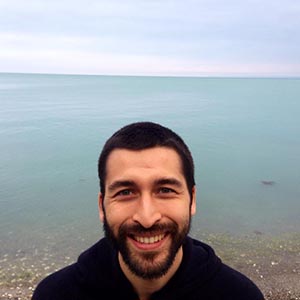Reflections From the Future
The generation that took charge
The generation that took charge did not look like what we expected. In response to Murray Bookchin: “They had to do the impossible as they faced the unthinkable.” From the future, back to the present, they took a winding path that brought us to where all life started: the ocean ...
A retrospective look at a hypothetical future of floating cities
I was a little stressed, it was 23:30 in Singapore, which was way too late for our 13-year-old son Aster to be playing video games, but it was still the best slot to coordinate with his friends Maya in Lagos, Nigeria and Hilma in Ensenada, Mexico. It was not just a game: Clearbot Pacific II enabled online players to remotely control real ocean cleaning robots and play on a massive scale. Whoever collects the most marine pollution wins! Of course these sailing robots made in India had advanced computer vision and AI but it was the teams that had both human and robot players that usually won.

AI-enabled robotic boat that collects plastic from rivers and harbors, Clearbot with MakerBay, 2021. Photo © Clearbot.
I was tired, but I had to trust that Aster would have the self-discipline to switch to autopilot and go to bed at some point ... Maybe Abbie and I had not been the best role models of life-work balance, as we believed working for the cause made a good life. After a short night, I left home quietly and paddled to one of the International Ocean Stations in the Strait of Malacca. There was no better time to focus than before the other members arrived on board. A few hours to research and write, before a buzzing crowd of both young and wise gray heads rushed in to develop marine climate solutions. Once a week, we would connect with the other stations in the region, and once a month to the global network, to share our resources, observations, findings, and new ideas.
The floating lab seemed small next to the growing floating city. A large part of old Singapore was now under water, and instead of abandoning it, millions of people from the city-state reclaimed the sea. It was a delicate balance to figure out how to make high-density housing that was energy efficient while creating a diverse and inclusive community. The design proposed by the Indigo Civilization Foundation worked well in Western Europe, but had to be adapted to the climate, materials, biology, and culture of Southeast Asia. Life above water nourished life underwater and vice versa. In our protected area, many of our species died due to temperature rise and acidification while many simply migrated.

“Blue Revolution,” Blue21, Rutger de Graaf-van Dinther. Image © Blue21
The tiny dots on the horizon were massive semitranslucent balloons once you got up close. In addition to the solar panels on the floating city, marine hydrogen farms were producing large amounts of the clean gas nearby. That gas was contained in low-pressure iridescent envelopes, and simply carried to the city outskirts replacing an increasing amount of formerly coal and nuclear-generated electricity, gas for heating, and fuel for transportation. And it was not just one big utility company that benefited from the green hydrogen revolution, but anyone could start a small hydrogen farm with a microloan. As fish stock dwindled, it was the fishermen who benefited the most, adding many lines of income to fishing: hydrogen sales, carbon and biodiversity credits, algae and mollusks, and some even ventured into genetic data on isolated islands, completely transforming their economies and living standards.

”Balon Balon Ijo” provides local generation of clean, cheap and decentralized energy by producing hydrogen from water and the power of the sun, Jung-Harada, Cassinelli, Pascual, Dwidiani, et al, 2022. Photo © Cesar Jung-Harada
Times had changed, and even if we did not fully understand nature's forms and processes with our rational minds, we humbly accepted to learn intuitively from nature. Our common boats looked a lot like fishes, changing shape and elegantly bending in the waves. Our cargo-carrying ships looked like endless trains, giant heavy steel snakes slowly zigzagging across the ocean with powerful hydraulic systems. We cared for the machines that made our lives better with a similar attention we had for our pets, or even friends and family. We were still far from optimal efficiency, but it felt like the synthetic and natural world were converging. The balance of the system rested on the friendship between the organic and inorganic world. Pervasive Artificial Intelligence really blurred the boundaries of consciousness, especially as we improved our communication with other species.
The world was still far from harmonious—we were still divided and cruel—yet we had settled on some basic fundamentals to avoid major conflicts and mutual assured destruction. We recently agreed to share existing knowledge, and the capacity to create new knowledge, also known as "open science.” It sparked a global renaissance, where climate technologies could be developed fast and affordably around the world. As Kurt Vonnegut said: "We'll go down in history as the first society that wouldn't save itself because it wasn't cost effective.”
And we did go down. We made all the mistakes, experienced all the stages of grief “piling wreckage upon wreckage.” Human culture destroyed and recreated itself. We left no choice to our children but, “... to stay, awaken the dead, and make whole what has been smashed,” as Walter Benjamin spoke about. The planet was still shaped by us—the Anthropocene—but the generation that took charge went from doing less bad, to doing good. Not just reducing our impact, but regenerating the world. The collective aim was to build an actual “civilization 1.0,” and transform ourselves into "homo sofia,” which translated from Greek means "wise human.”
